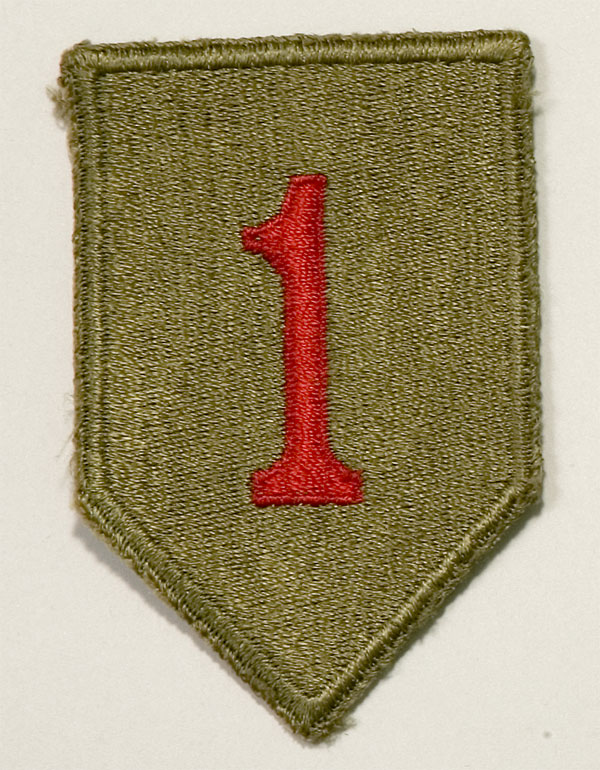 |
|

|
|
|
The 1st Infantry Division suffered horrendous casualties at Omaha Beach. Once off the Higgins Boats, if they survived the wade ashore, the soldiers in the first waves of the attack found themselves pinned down by enemy fire for several hours. By midday, however, they finally gained the bluffs overlooking the beach. Despite many setbacks, these men prevailed in what was one of the greatest feats of arms in military history. The 1st Infantry Division, often referred to as “The Big Red One” because of its shoulder patch design, had previously fought in North Africa and Sicily. It went on to fight in many more savage battles across France and Belgium. In October 1944, in bloody street fighting, it captured Aachen, the first German city to fall to Allied troops. It also fought in the Battle of the Bulge. By May 4, 1945, it had fought its way into Czechoslovakia. Three members of the 1st Infantry Division earned the Medal of Honor at Omaha Beach on D-Day. One of them, First Lieutenant Jimmie Monteith, Company L, 16th Regiment, led survivors in the assault up the bluff overlooking the beach. He then retraced his steps through artillery and machine gun fire back to where two Sherman Tanks had safely made it ashore. The lieutenant, on foot, led the tanks through a dangerous minefield and into firing positions from which the tanks could then knock out enemy strong holds. Later that day he was killed. On November 20, 1944, Generals Eisenhower and Bradley personally interceded on behalf of the deceased lieutenant, who originally was to receive just the Distinguished Service Cross. However, in a written message to his Chief of Staff, Walter Bedell Smith, Eisenhower wrote concerning Jimmie Monteith’s actions on D-Day, “I must say that the thing looks like a Medal of Honor to me. This man was good.” Cloth. H 9.4, W 6.1 cm |
|